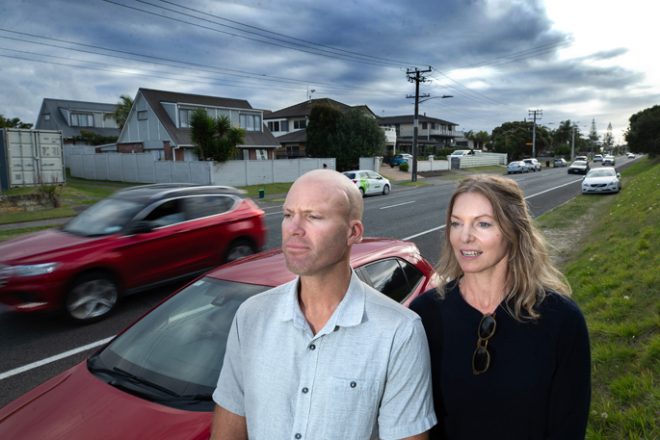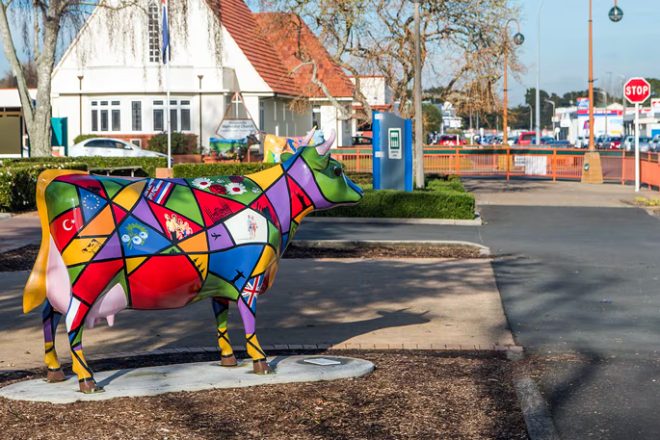Movement between Alert Level Boundaries is restricted. There are Police check points to stop unnecessary travel. New Zealanders should continue to ensure their movement over the boundaries is for essential purposes only. An Alert Level Boundary separates areas of New Zealand that are at different Alert Levels. Workers will need to show proof that they have had a recent COVID-19 test before crossing an Alert Level Boundary. Businesses need to provide their staff with proof of eligibility to travel across an Alert Level Boundary, such as the documentation generated at MBIE’s Business Travel Register.
Mandatory COVID-19 testing
Workers who need to cross alert level boundaries have to get regular COVID-19 tests.
Before crossing a boundary, workers need to show proof that they’ve had a test within the previous seven days. They don’t need to show proof that they are COVID-19 free and they don’t need to wait for the test results before travelling.
Employers of essential workers who need to cross regional boundaries for work must have a process in place to enable these employees to be tested for COVID-19. Go to the Healthpoint website for details of testing locations.
Find testing locations(external link) – Healthpoint
Testing for workers who cross Alert Level Boundaries(external link) – Ministry of Health
Re-applying for Business Travel Documents
If you have received Business Travel Documents during August or September 2021, these will continue to be valid for the boundaries indicated on the documents.
You won’t be able to re-use the travel documents that you applied for during previous Alert Level change events (prior to August 2021) and will need to reapply for new documents. Businesses who have applied for travel documents prior to August 2021 will find that when they log in to their Business Connect account, their details will be saved from the previous application. Businesses are responsible for reviewing and updating this information to ensure that it is current before they submit their new application.
Travel across boundaries
Travel into or out of regions at different alert levels is restricted.
If you are carrying out a permitted activity listed in the Alert Level Order, you are already allowed to cross the boundary provided you have evidence that your activity is permitted. Getting the official Business or Personal Travel Document will make the process of crossing a boundary much quicker and easier.
You can also apply for an exemption for business travel via the Business Travel Register. There is a very high threshold for exemptions. Requests will need to meet criteria and many requests will not be approved.
It’s important to note that exemptions for travel will only be allowed for specific reasons and within specific parameters. You must adhere to the conditions under which your exemption was granted.
Businesses must have systems and processes in place to minimise travel across the boundary or between regions within an alert level area. Everyone should work remotely if they can. Travel across an Alert Level Boundary will be very limited. Maintaining public health is paramount as we move down Alert Levels.
Important links:
Apply for Business Travel Documents(external link) – Business Connect
For a map of New Zealand’s current alert levels and boundaries, visit the Unite against COVID-19 website.
New Zealand Alert Level boundary map(external link) – covid19.govt.nz
Business travel over an Alert Level boundary(external link) – covid19.govt.nz
Personal travel
If your request relates to personal or individual travel, this will be processed by the Ministry of Health.
Personal travel over an Alert Level boundary(external link) – covid19.govt.nz
Before you start a business travel application
Nominate an authorised person for your business. This person should apply on behalf of your business. This person should have a good understanding of the business’ travel operations, such as who is likely to need to travel, which boundaries they would need to cross (if there is more than one), and why they need to travel. This could be the business owner, manager or administrator.
Employees cannot register themselves. The single authorised person for a business should make a request on their behalf if the employee is required to travel across the boundary (either commuting to get to work, or travelling to undertake that work).
Make sure the authorised person knows which business category the workers in their application will fall into – they will need this information when they apply.
There are a list of categories you can select once you’ve logged in to Business Connect. Each category will have a list of subcategories to choose from. If your business does not fit into one of these categories, and you think there is a critical need for you or your workers to travel, your authorised person may make a request for an exemption by selecting the “Exemption for exceptional circumstances” option. This will be considered by the Director General of Health.
Ensure that workers are tested for COVID-19 no more than 7 days before they intend to cross an Alert Level Boundary. If workers are not tested, you cannot require them to travel across the boundary.
Types of travel
In your request, you will be asked what type of travel your staff will be undertaking. There are six different kinds listed, make sure you know the difference between them and apply for the correct type.
-
Transit
If a worker needs to pass through a restricted region in order to deliver services. For example, if the journey involves travelling through a region with a higher alert level than the starting location and the location being travelled to, then this would be a transit request. Workers transiting through an Alert Level Boundary should travel directly without stopping while in the other alert level area.
-
Single return trip
If a worker needs to cross the boundary for a one-off service, and will then be returning.
-
One way travel out of a higher alert level area
If a worker only needs to cross the boundary once and they are travelling into a lower Alert Level. For example if they are re-locating from an Alert Level 4 area to an Alert Level 3 area for the duration of the resurgence.
-
One way travel into a higher alert level area
If a worker only needs to cross the boundary once and they are travelling into a higher Alert Level area. For example if they are re-locating from an Alert Level 3 area into an Alert Level 4 area for the duration of the resurgence.
-
Multiple business trips
Businesses or organisations that will need to cross the boundary more than once as part of their work.
-
Worker commute
Businesses or organisations undertaking services that have either: key staff critical to operations who will need to commute to work across a boundary; or a significant portion of workers are required to commute across a boundary in order to ensure minimum staff are available for operations.
How to register
Apply for Business Travel Documents on Business Connect. You can either use your existing Business Connect account or create a new one.
What you need to apply:
After you have submitted your request, you will get an automatic email saying your request has been received. You will also be emailed if any additional information is needed to support your request.
Apply for Business Travel Documents(external link) – Business Connect
Getting your documents
You will be emailed the outcome of your request. If successful, your Business Travel Documents will be available for download through your Business Connect Profile.
At the Alert Level boundary Police may verify your reasons for travel against your documents, so it is important to ensure that you provide accurate information when completing the form.
Each person’s document will include:
Using a Business Travel Document to cross an Alert Level Boundary
It is recommended you print your documents (but electronic versions will also work). The driver of the vehicle should display their document on the dashboard so it is visible to the boundary officials.
Every person in a vehicle needs to have their document with them, this can be a physical printed copy or on a smartphone. Each person will need to be able to present their document to boundary officials. If there is someone in your vehicle who does not have a document, they will need to provide other evidence of their eligibility to cross the Alert Level Boundary or they may be turned around.
In addition to carrying evidence that your business is permitted to cross the boundary, your business must ensure that your workers are tested for COVID-19 no more than 7 days before they intend to cross an Alert Level Boundary. If workers are not tested, you cannot require them to travel across the boundary.

















































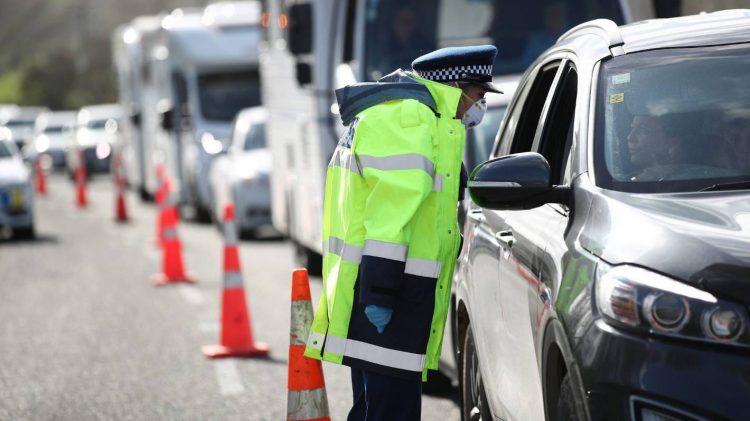
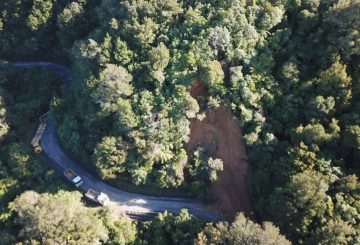
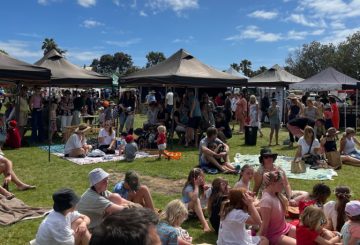

-helped-regain-her-strength-and-balance-using-Nymbl-after-a-fall.-660x440.jpg)



